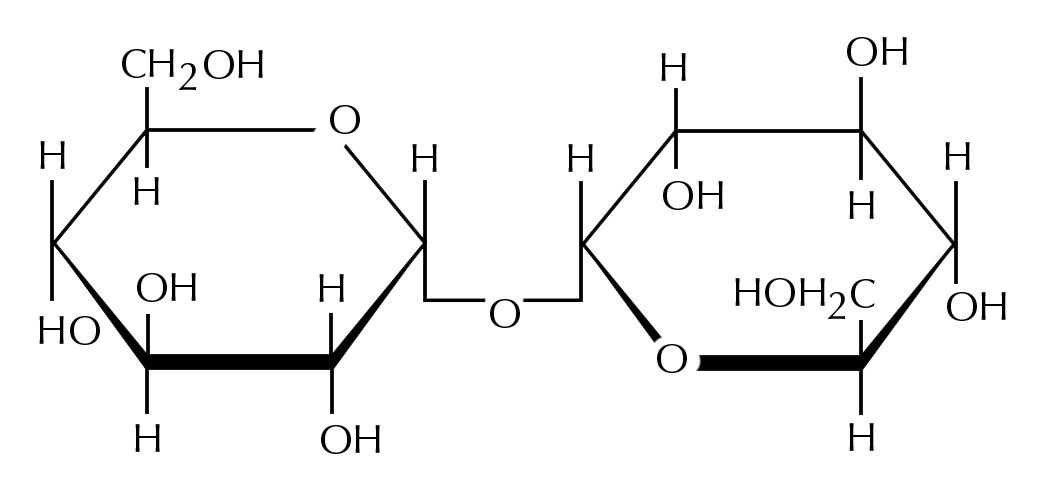What Is Trehalose?
Trehalose is a type of sugar that is used in cosmetics and skincare formulations as a moisturizer and antioxidant. Trehalose is also known as ‘Resurrection Sugar,’ as it helps to resurrect plants and insects when they experience extreme conditions. Trehalose is a naturally occurring disaccharide that consists of two molecules of glucose. The word “trehalose” is derived from the Biblical term ‘trehala manna’, and from an alternative name for trehalose, ‘mycose’, referring to the mushroom source of this sugar.
There are many types of organisms have the ability to produce trehalose, ranging from bacteria, yeast, fungi, insects, invertebrates, and plants. By contrast, mammals cannot synthesize trehalose. After oral ingestion, trehalose is rapidly broken down into glucose by the enzyme trehalase, which is present in the intestine of both herbivores and omnivores, including humans. It causes less of a spike in blood sugar than glucose.
An interesting property of trehalose is that it can help plants and insects to withstand and ‘resurrect’ from extreme conditions. This is possible because trehalose exhibits a unique moisture stabilization process resembling freeze-drying. At the molecular level, trehalose has been reported to have a cytoprotective effect on cells subjected to various stressors, including oxidative damage, dehydration, and temperature change. Mitochondria, a component of the cell, frozen with trehalose have been shown to retain most of their biological properties, such as membrane integrity and ATP synthesis.

Trehalose
the good:Trehalose helps to moisture the skin, trapping moisture into the skin. It also acts an antioxidant helping to protect the skin from sun damage and aging.
the not so good:Nothing to report here.
Who is it for?All skin types except those that have an identified allergy to it.
Synergetic ingredients:Works well with most ingredients
Keep an eye on:More research on the relationship between trehalose and the skin barrier.
What Are The Benefits Of Trehalose?
In cosmetics and skincare products, trehalose functions as a moisturizer, skin protectant, and antioxidant.
Moisturizer
Trehalose works to moisturize the skin because it reflects the composition of Natural Moisturizing Factor found within the skin’s epidermis. The Natural Moisturizing Factor is an expansive group of substances including amino acids, PCA, lactates, sugars, salts, urea, and peptides. All of these substances work together to keep the skin’s surface intact, supple, and hydrated.
As we age, the Natural Moisturizing Factor can become depleted. Regular exposure to sensitizing ingredients such as drying cleansing agents and denatured alcohol can also deplete the Natural Moisturizing Factor. The result is visibly dry, tight-feeling, flaky skin.
As a sugar, trehalose mimics the sugars found in Natural Moisturizing Factor, effectively drawing in moisture to maintain skin hydration. The skin barrier is an important component for protecting the skin from bacteria and allergens and maintain water levels in the skin.
Protection
In addition to moisturizing the skin, trehalose can also protect important cellular components. It can form special structures above the cell membrane that can protect molecular structures from being damaged or destroyed. When trehalose comes in contact with water, it creates a crystalline structure with neighboring water molecules. Trehalose modifies the structural and dynamic properties of water, forming a unique entity with water molecules which makes it better able to protect the skin’s biological structures.
The natural protective functions of trehalose help to prevent skin and hair damage caused by exposure to harsh environmental factors, such as UV radiation, pollution, smoke, and irritants. Additionally, trehalose has been shown to protect fibroblasts, the cells in connective tissue that produce collagen, from dehydration. These properties make trehalose an ideal ingredient to include in formulations for sensitive skin since excessive exposure to skin-damaging environmental factors such as sun, wind, extreme temperatures, and dry conditions, is a major cause of sensitive skin.
Antioxidant
Trehalose also functions as an antioxidant. While its underlying molecular mechanisms remain unclear, its antioxidant properties are suspected. In general, antioxidants work by neutralizing free radicals. Free radicals are produced through oxidative stress. Oxidative stress is a normal part of cell functioning but can be exacerbated by UV damage, age and environmental conditions. Free radicals damage the skin and have been linked to many of the visible signs of aging. Antioxidants are able to limit oxidative damage caused by free radicals.
Is Trehalose Safe?
Trehalose is considered to be safe in skincare and cosmetics. No studies have produced research that suggests that trehalose causes any negative side effects. Trehalose is considered a low hazard ingredient by the Cosmetics Database, which classifies it as ‘not expected to be potentially toxic or harmful.’
References: Wu, H, et al. 2019. ‘Trehalose promotes the survival of random-pattern skin flaps by TFEB mediated autophagy enhancement’, Cell Death & Disease, vol.10, is. 7, pp. 483. Emanuele, E, et al. 2014. ‘Protective effect of trehalose-loaded liposomes against UVB-induced photodamage in human keratinocytes’, Biomedical Reports, pp. 755-759.







